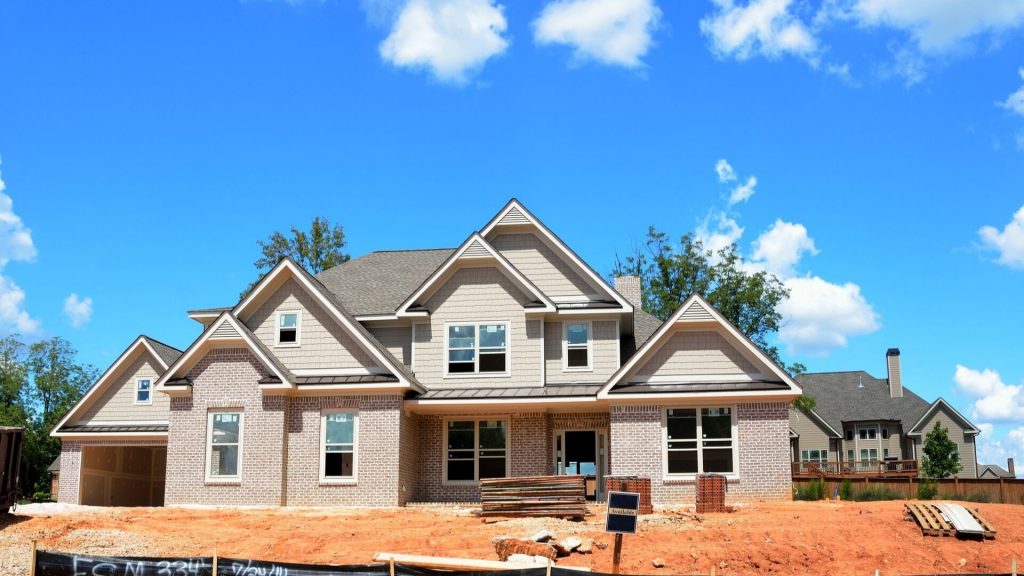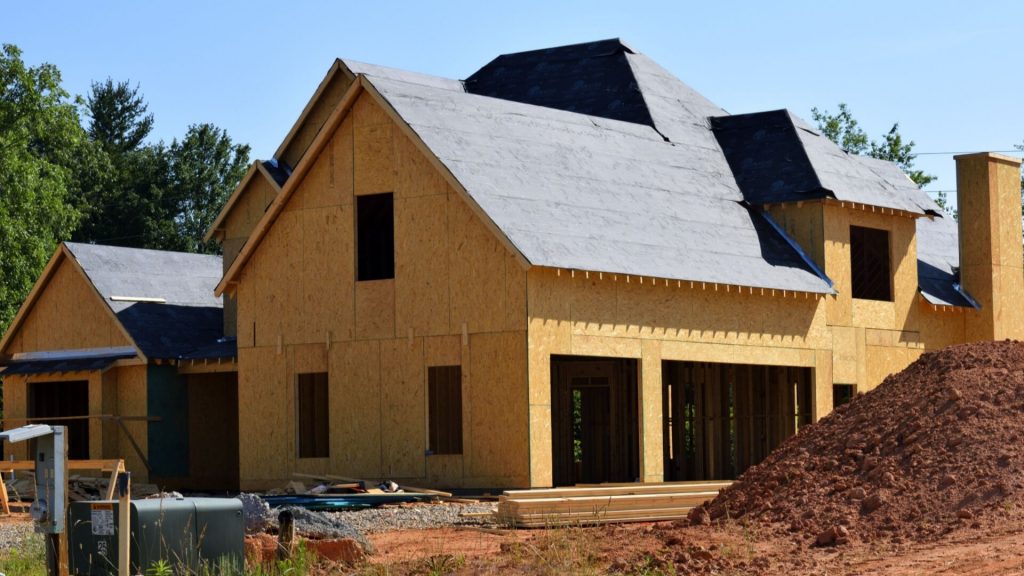When looking to build a custom home, people assume that an empty lot is a blank slate where they can build whatever they want. To some extent, this is true, in that you do get to design your home from the ground up. But it’s not quite as free and loose as one might think.
Understanding Permits For Your Lot
The first thing to know is what permits are. Permits are permissions given by the county or other governing body, allowing you to build what you desire. Every project requires a building permit. What you can get that permit to cover depends on what’s allowed where you’re building. There are lots of hidden parameters dictating what you can build on any given lot. A lot depends on the region, neighborhood, proximity to protected spaces, or historic significance of the area. Winthorpe has experience with a wide array of these parameters and can offer expert guidance on navigating their complexities.
The least common restrictions come from lots that back up to protected spaces or in neighborhoods with many homes on the historic register, and things like that. In these cases, you may be restricted in how your home’s runoff rainwater is routed, or in how the exterior of your home looks so it blends with the zone’s aesthetic. In “dark skies” neighborhoods, where light pollution is lessened, your home lighting, inside and out, may have to follow strict guidelines. There are other anomalous constraints, which we deal with on a case-by-case basis. But for this article, we’ll focus on the most common limitations and what to expect.
If You Already Own The Lot
If you already own a lot and plan to build on it, we begin work by understanding what the CCRs are in that neighborhood. CCR stands for Covenants, Conditions, and Restrictions. CCRs dictate things such as allowable building height, building envelope (how many square feet of the lot the actual building can cover), whether you can have a secondary building like an in-law’s quarters, etc. Once we know what we we’re allowed to do, we can design around the restrictions and take advantage of the freedoms.
 If You’re Shopping For A Lot
If You’re Shopping For A Lot
If you want to build a custom home but haven’t found a lot yet, we begin by discussing your ultimate goals. If you want a three-story home with a separate carriage house, we know we should shop for lots that aren’t restricted to two-story heights. If you want to live lakeside, we know our building will have to incorporate runoff control, so your rooftop rainwater doesn’t run into the lake. If you want to have horses on your property, we have to shop for property in equestrian-friendly neighborhoods. If you want to build a single-story, 6,000-square-foot home, we have to search for lots that allow building envelopes that large. If you’re shopping for a lot in a particular school district, you may have to compromise one factor for another. It all comes down to determining your top priority and flexing from there.
What About My Realtor?
Whether you’re shopping for a lot with a realtor, or have come to us first, we work as a team to help you find the home site that suits your needs. The important thing is that you have open, clear communication with us and with your realtor, so you are sure to get the lot you want, with a team of professionals looking out for your interests every step of the way.
Water Lines – Sprinklers Are Required In Maryland and D.C.
One thing to expect when building a home in the Maryland or Washington D.C. regions is fire-suppressing sprinklers. This is now a requirement in almost all homes. In order to achieve that, a lot will almost always have to upgrade the waterline, which can present a challenge depending on what’s been done in the area already. Your permit will hinge on this detail.
 Other Factors
Other Factors
It is possible that the cost of building on a specific lot will not match your budget. For instance, a property may turn out to be in a flood zone, or may require engineered-dirt work, and may cost more than anticipated. These are things to look into before designing the home. Also, retaining walls, fences, swimming pools, and other factors may require additional permits.
The Permit Process
Once we know where you’re going to build a home, Winthorpe can research all the CCRs, zoning, and other potential restrictions, review them with you and make sure your design meshes with them. Then, when all the details are accounted for, we submit the design to the appropriate governing bodies for a permit.
Does It Take Long?
Depending on how complex your plan is and what office oversees your property area, the permit process can be as quick as a couple of weeks or take as long as several months. Winthorpe expects this to be part of the schedule, and we make good use of this waiting period to be productive- we finalize intricate design details with you, and walk you through making material selections (tile, counters, flooring, etc.).
Ultimately, we work hard to make the permit process as smooth as possible, by knowing as many details as possible early on and by incorporating the expected time into our project plans. Permitting is something you should be aware of, but Winthorpe will handle the process for you.



 Other Factors
Other Factors 

